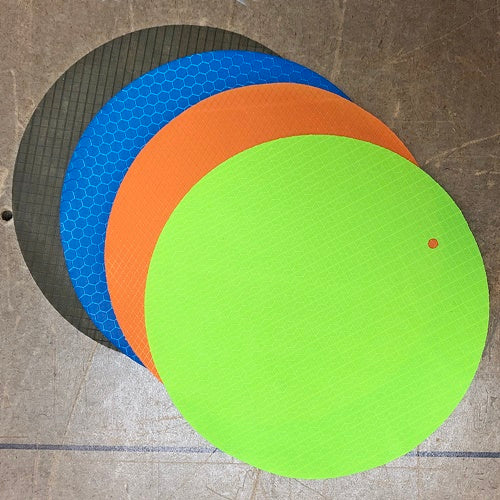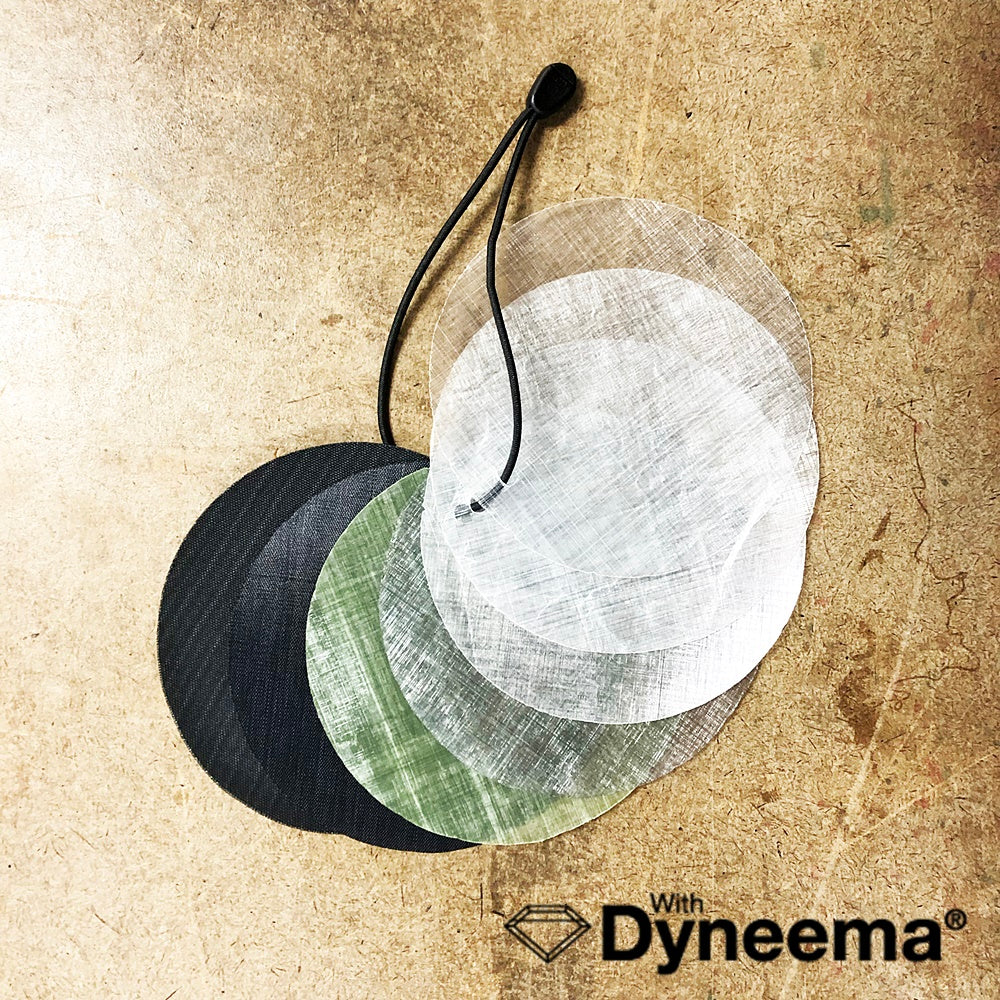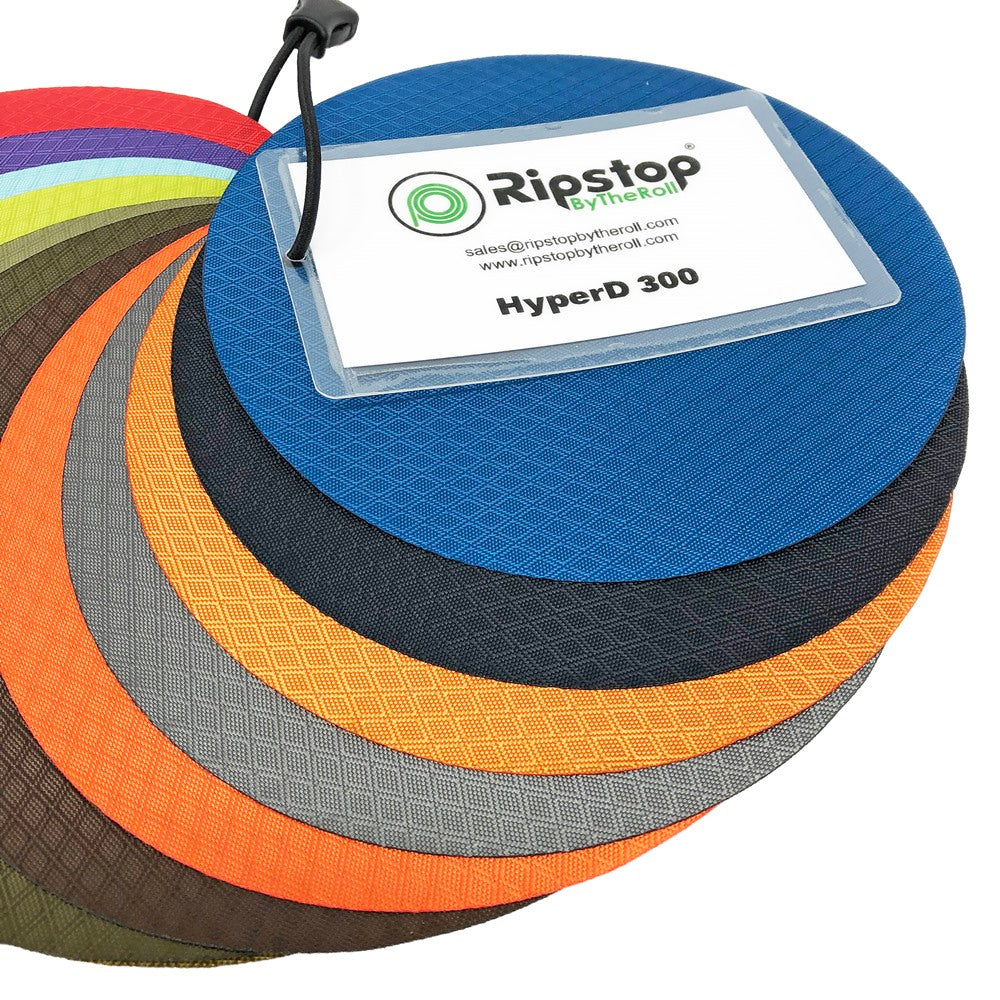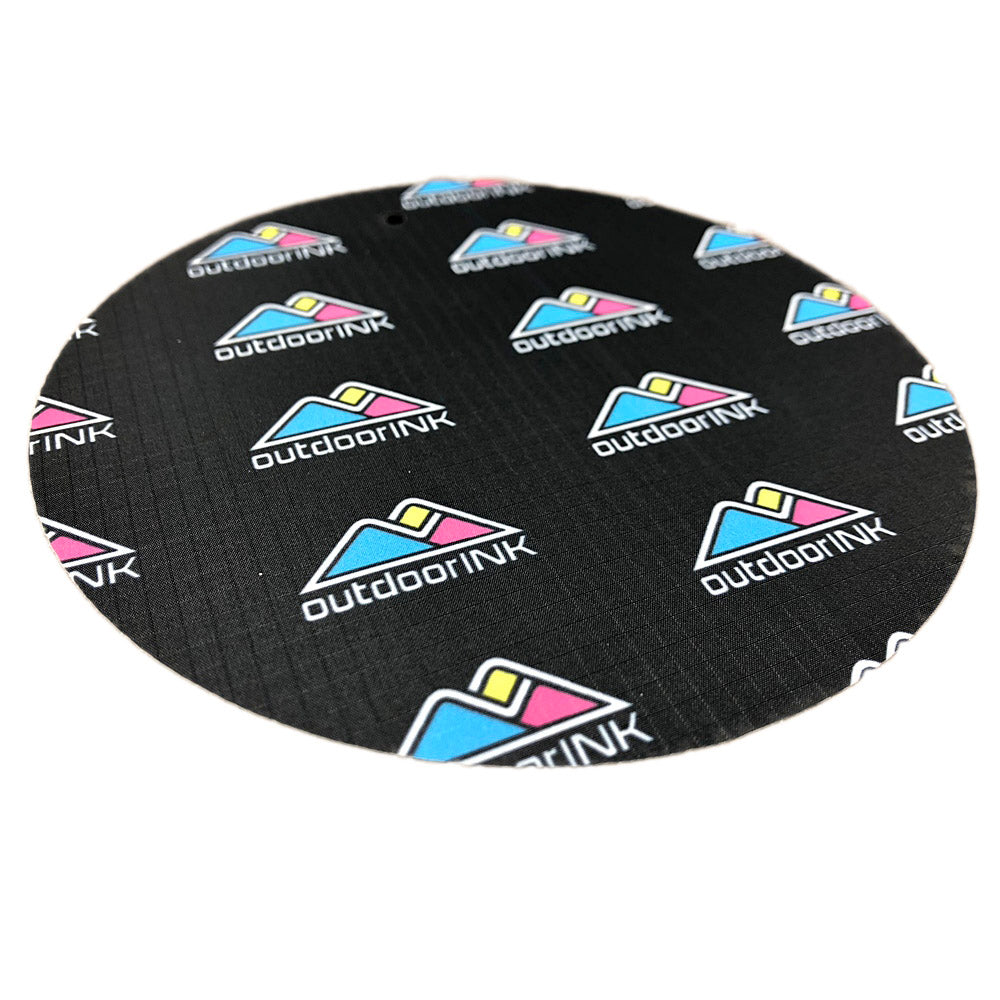So... You are designing your first piece of gear ever. Every detail has been thought out, you definitely watched nine videos on how to thread your sewing machine, you've got the pattern almost ready to go, the zippered pocket is .....
Wait, did you say zipper?? Are you asking yourself, "Do I need a waterproof zipper?, Which sliders do I buy?, What's the difference between #3 coil and #5 coil?, What is a finished zipper? Who named these things ZIPPER??"
If you are wondering about any of the aforementioned topics ( besides maybe the full origin story of the zipper, Google exists for that), or anything else related to zippers on your gear, we are here to help! In this article we will go over some of the basic terminology relating to zippers, a brief comparison of our current offerings and how to apply that knowledge to your current project.
Zipper Sizing
Zipper size is typically described using a number. This number is the approximate width of the teeth in millimeters. For example, a #3 zipper would be approx 3 mm, a #5 zipper approximately 5 mm and so on. The smaller the zipper is, the less it weighs and the easier it is to conceal. Generally, the larger the teeth,the more durable burly the zipper will be. Check the below diagram for a better look:

Zipper Teeth Types
At RBTR, we offer two different basic types of teeth on our zippers. These are coil and molded teeth.
Molded-tooth zippers are made using polyacetal resin, usually smoother, more weather resistant and come in a variety of finished lengths. This type of zipper doesn't come in a continuous chain, so you need to pick the exact length you need. You might see a zipper like this on a cooler or a lunch box, and many prefer the aesthetics of this zipper for garments.
Coil-toothed zippers are made from synthetic material and their construction gives them a coil-like appearance. Coil zippers are more resilient than molded zippers, and are also a bit easier to repair. Coil zippers are also available as continuous chain (full explanation in the next section), meaning you can order more than you need, and cut it down to the size that you want. They are usually not as UV resistant as molded teeth, but they are much more flexible and are the better choice for curved seams or projects that needed to pack down into a small space. Below is an example of a #5 coil zipper (top) beside a #5 molded zipper (bottom):

Continuous or Finished Length?
When ordering your zipper at RBTR, you will come across two styles: continuous chain or finished length. A continuous chain zipper comes with no sliders, and has no beginning or end. Normally this style is used for embedding zippers in places where it will not be removed. In order to create stops for this type of zipper, you simply sew across the teeth perpendicularly or embed it in the seam. You can add as many sliders as you want to a continuous chain zipper. Think of a tent zipper or a backpack pocket....
A finished zipper is commonly seen in use for jackets or sleeping bags. These zippers have a fixed length, and use a starter box and pin at one end and zipper stops at the other. The sliders are already included on this zipper. You would want a zipper like this for any application where you need the to full open the zipper and put it back together later. Check out the image beneath for a look at the starter box and pin on a finished zipper:

Standard vs. Uretek (water resistant) Zipper Tape
For many outdoor-related projects, you might be considering how water will impact your gear. At the most rudimentary level, the difference between standard and uretek zippers is a water resistant coating. Uretek zippers have been coated with a urethane coating to help keep water out when you need it. This coating is actually applied on the reverse of the normal zipper tape, so you would want that coating faced upwards in your completed project. In the image below, you can see a Uretek zipper with the proper orientation, and a standard coil zipper in the proper orientation.

Normally (with standard tape), you would want the teeth of your zipper facing "up", but with Uretek, the teeth need to be facing "down" so that the coated reverse side is up. Since zipper sliders are designed to be attached only one way, you need to use REVERSE MOUNT sliders with your water resistant zipper. This puts the zipper pull access on the reverse of zipper where the coating is. More on those pesky sliders next ---->
All about sliders...
For the most part, picking out your sliders for continuous chain coil zipper is a relatively painless process. Because zippers are usually described by their size (ie: #5, #8), all you need to do is pick the number of sliders you want and buy the size that corresponds to the zipper tape you want to use. For example, your #3 zipper would use a #3 slider.
The first dilemma you might come across is the delineation between single or double pull sliders.
Single pull sliders are what you would use for most applications. This variety of slider as one "pull" attached that allows you to grip the slider with your fingers to open and close your attached zipper.
Double pull sliders are used in situations where you might need access to the zipper from both sides of your product. A great example of this is a tent door. You need a pull on each side of the slider so that you can open the tent from the outside, but still have access to close the zipper from the inside once you get in.
Single Pull Slider ( bottom ) vs. Double Pull Slider ( top )

Standard vs Reverse Mount Sliders
Among all of the topics in "Zipper-Land", we most often see confusion when it comes to standard and reverse mount sliders! We covered this briefly in the previous section on Uretek WR zippers versus regular, but we will touch on it one more time here.
Standard sliders "mount" so that the zipper pull is on the teeth-side of the zipper.
Reverse sliders "mount" so that the zipper pull is on the "reverse" or back of the zipper.
Since Uretek zippers are coated on the "reverse", or back of the zipper, you want to have that coated side facing "up" on your finished project. In order to have access to the zipper pull, use a reverse mount slider so that the pull is on the "reverse" side where the coating is.
Attaching the Slider to the Zipper Tape
Although there are a few different scenarios for attaching your zipper sliders, the video below covers the basic methods all-in-one.
This video covers how to attach four sliders onto one piece of tape. This will also give you an understanding of how to attach a single slider or two sliders that meet in the middle. Keep in mind that when you are using URETEK zipper, the teeth should be facing down and you should be utilizing a reverse mount slider.
Zipper Enlightenment
Congratulations on completing Zippers: An Overview!! You are now a zipper connoisseur and can apply what you've learned to building that new fanny pack that your friends will beg you not to wear in public.
If you still have questions, that's totally okay. We're here for you.
Please reach out to our Customer Support team via the "Contact Us" tab on our site, or email us at sales@ripstopbytheroll.com. We will do our best to help you out!






















